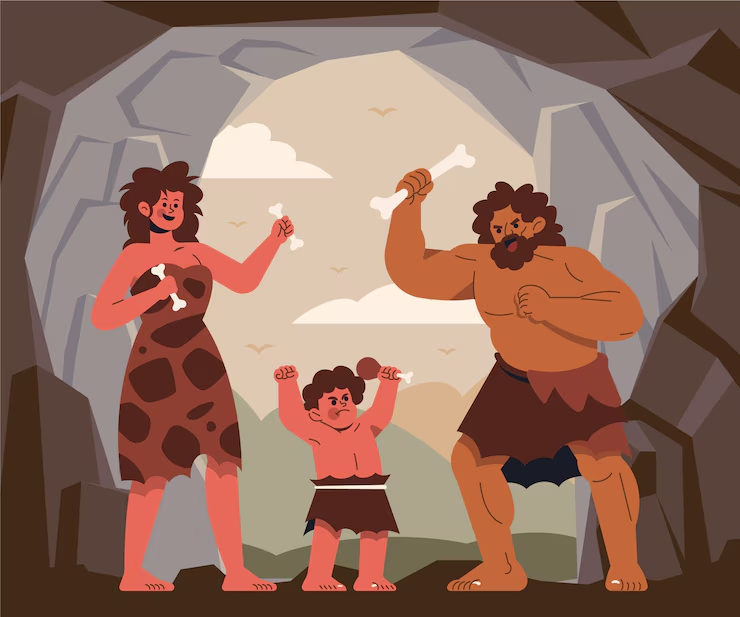ancient artz is undeniable. From the grandeur of Egyptian pyramids to the intricate details of Grecian pottery, these masterpieces have shaped our cultural landscape for centuries. But what is it about these works that continue to captivate us today? In this blog post, we’ll explore the rich history of ancient artz, its influence on contemporary art, and why preserving these treasures is more important than ever. Whether you’re an art lover or a curious learner, this exploration of ancient artz will deepen your appreciation for these timeless creations.
The Evolution of Ancient Artz
Ancient artz has a fascinating history that dates back thousands of years. Its evolution can be traced through the techniques, materials, and styles that have been passed down through generations. Ancient Art Techniques, such as fresco painting and sculpting, were often developed out of necessity, with artists using the resources available to them at the time.
Over the years, these techniques have evolved, influenced by cultural exchanges and technological advances. Similarly, the introduction of new materials, such as metal alloys, has expanded the possibilities for sculpture, allowing artists to create works of greater scale and complexity.
Despite these advancements, the essence of ancient artz remains unchanged. It continues to reflect the values, beliefs, and aspirations of the societies that created it, offering us a window into their world.
Exploring Famous Ancient Artz
Throughout history, certain pieces of ancient artz have stood the test of time, becoming iconic symbols of their respective cultures. The Great Sphinx of Giza, with its enigmatic gaze, has captivated imaginations for millennia, while the Parthenon in Athens stands as a testament to the architectural genius of the ancient Greeks.
The Venus de Milo, with her graceful form, represents the ideal of beauty in classical antiquity, while the vibrant frescoes of Pompeii offer a glimpse into the daily life of the Romans.
These masterpieces not only hold artistic value but also serve as important cultural artifacts. They provide invaluable insights into the beliefs, customs, and social structures of ancient civilizations, enriching our understanding of human history.
Techniques and Materials Used in Ancient Artz

Stone carving, for example, was a common practice in ancient Egypt, where artisans used copper chisels and mallets to shape limestone and granite into statues and reliefs. In contrast, the Greeks preferred marble for their sculptures, appreciating its fine grain and luminous quality.
Pigments derived from minerals and plants were used to create vivid colors in paintings and murals. Techniques like fresco, where paint is applied to wet plaster, allowed for the creation of durable and vibrant artworks.
Reviving Ancient Artz
In recent years, there has been a resurgence of interest in ancient artz, as modern artists and artisans seek to incorporate traditional techniques into their work. This revival is not only a testament to the enduring appeal of ancient artz but also a way to connect with our cultural heritage.
Many artists are also using their work to raise awareness about the importance of preserving cultural heritage. By highlighting the beauty and significance of ancient artz, they inspire others to appreciate and protect these treasures for future generations.
The Importance of Preserving Ancient Artz
Preserving ancient artzs is crucial for maintaining our cultural identity and understanding our shared history. These works are not just relics of the past; they are living connections to the people and civilizations that came before us.
Efforts to conserve and restore ancient artzs are ongoing, with advances in technology playing a key role in these endeavors. Techniques such as 3D scanning and digital modeling allow for detailed documentation of artworks, aiding in their preservation and study.
Cultural heritage preservation is a responsibility that falls upon all of us. By supporting initiatives that protect and promote we ensure that these masterpieces continue to inspire and educate future generations.
Conclusion
Ancient artzs is a testament to human creativity and ingenuity, offering us a glimpse into the past while enriching our present. By exploring its history, techniques, and enduring influence, we gain a deeper appreciation for these timeless works and the cultures that produced them.




